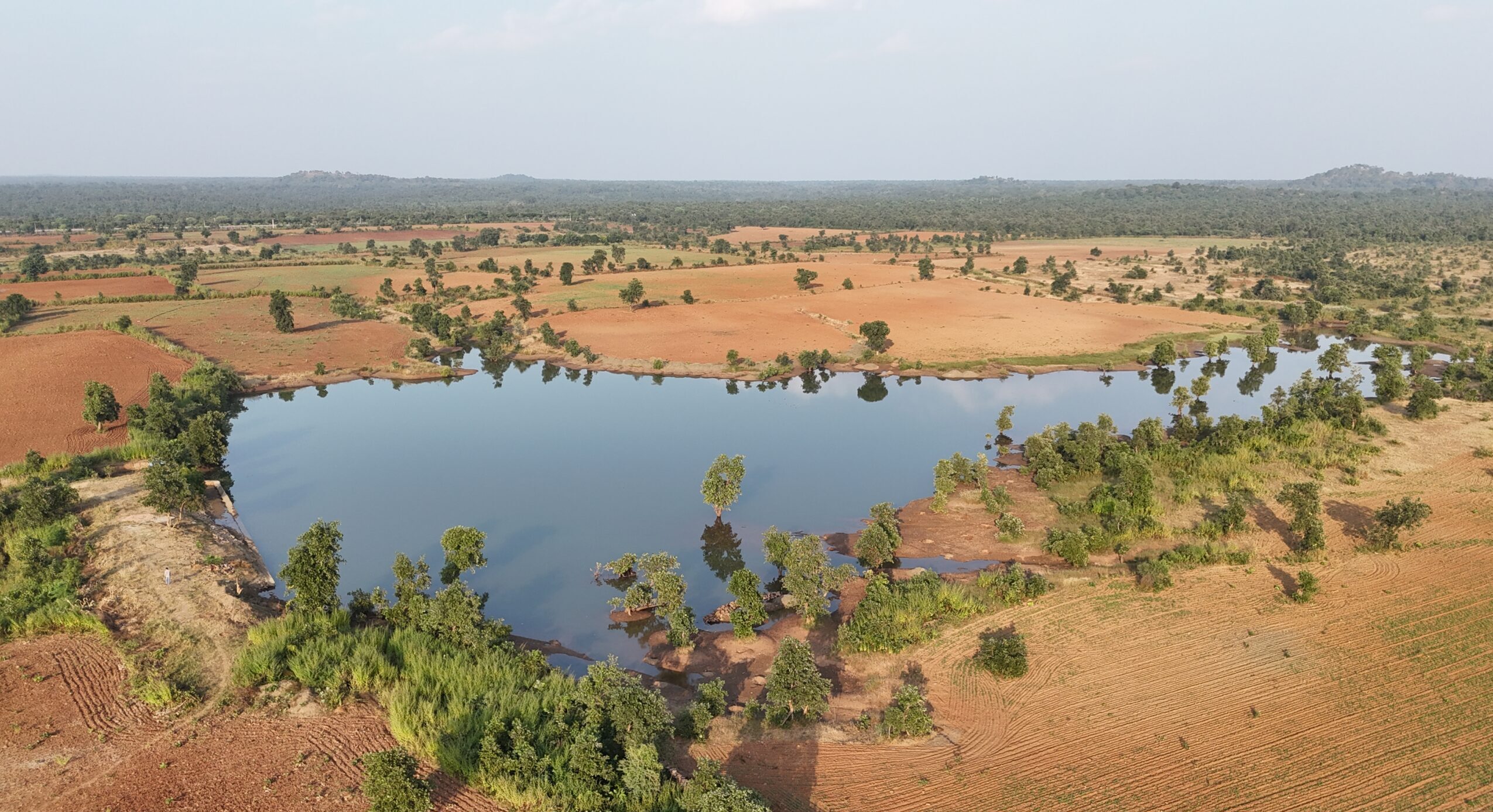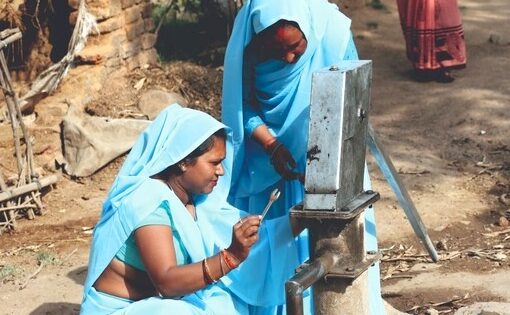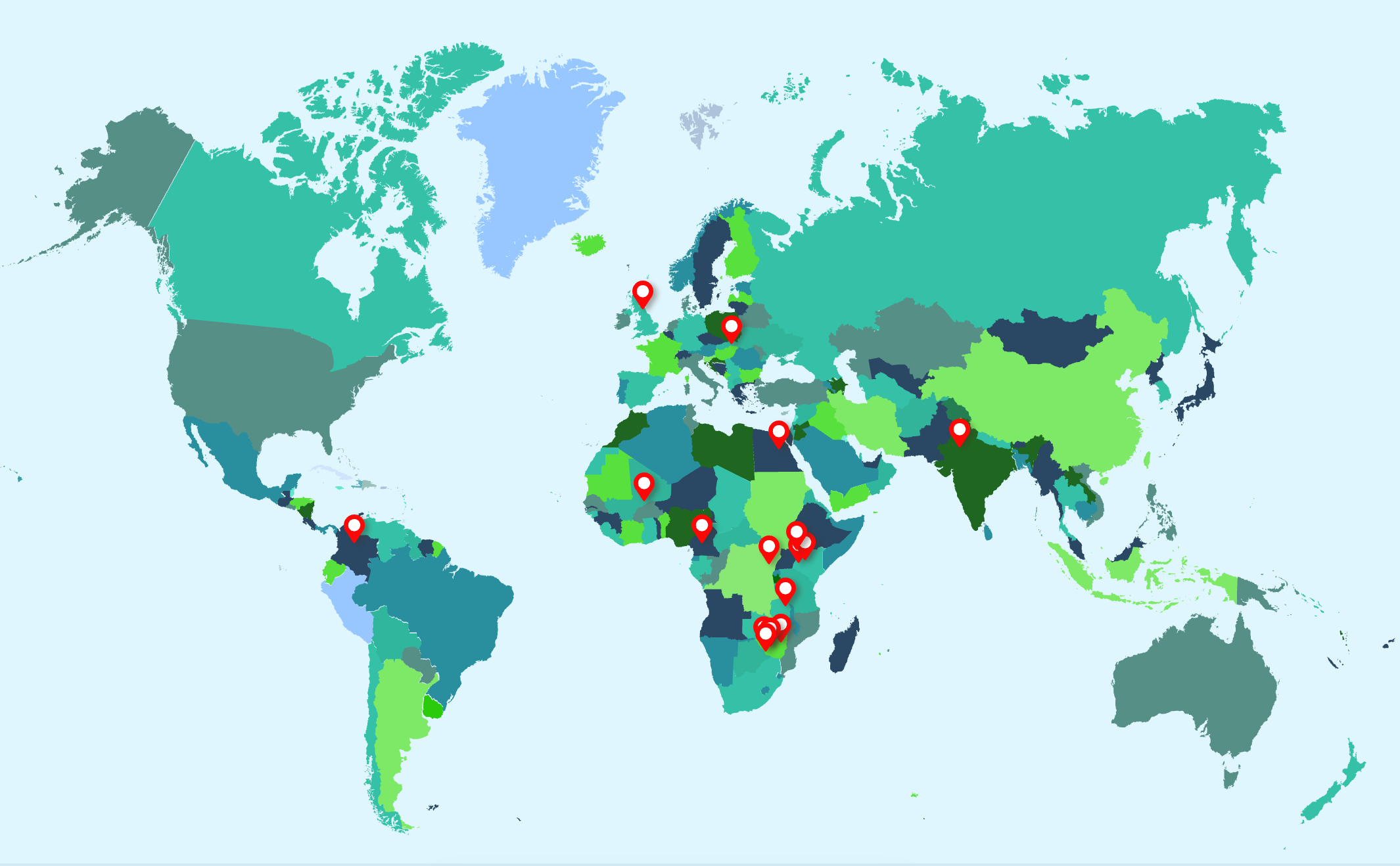“Drylands now make up 40% of land on Earth, (excluding Antarctica): An area of land nearly a third larger than India has turned from humid conditions to dryland – arid areas where agriculture is difficult – in the past three decades. The drier the planet becomes, the less able it is to support life. With drylands increasing across the planet, increasing food scarcity and migration will become even more widespread.”



